Unlike bellows, which are usually made of single-layer fabrics, our compensators are usually manufactured from a fabric structure consisting of different materials and coatings. This provides not only protection but also insulating and sealing properties.
Depending on the requirements, different material layers are used for the fabric structure: The outer layer/main layer can be coated (usually with silicone or PTFE) for additional protection against material wear, which also serves as a sealing element. The sealing layer itself usually consists of a high-quality PTFE film and is thus the core of the compensator, protected by the insulating layer.
Through the use of appropriate high-tech fabrics, our expansion joints offer the following properties, among others:
- Excellent resistance to high temperatures, various media, and mechanical stress
- Appropriate sealing: dust-tight, flue gas-tight, or nekal-tight axial, lateral, or angular movement compensation
- Pressure-resistant up to approx. 1 bar
- Insulating
- Round, square, combined, or cylindrical designs possible
In addition to conventional compensators (round, square, combined, cylindrical, etc.), other shapes such as insulating cushions and covers can also be manufactured from a suitable fabric structure. Just like bellows, Ceratec compensators are manufactured in Austria by hand and precisely according to customer requirements and specifications. Fabric expansion joints are important components in numerous industrial plants. A wide range of different materials, fabric structures (single-layer or multi-layer expansion joints) and designs enable a broad range of applications, including in the chemical industry, paper mills, iron and steel production, and waste incineration plants.
Both our bellows and our fabric compensators are also designed for high-temperature applications and can be used at temperatures up to 1000°C. A suitable fabric structure also allows use under aggressive conditions (e.g., due to flue gases).
